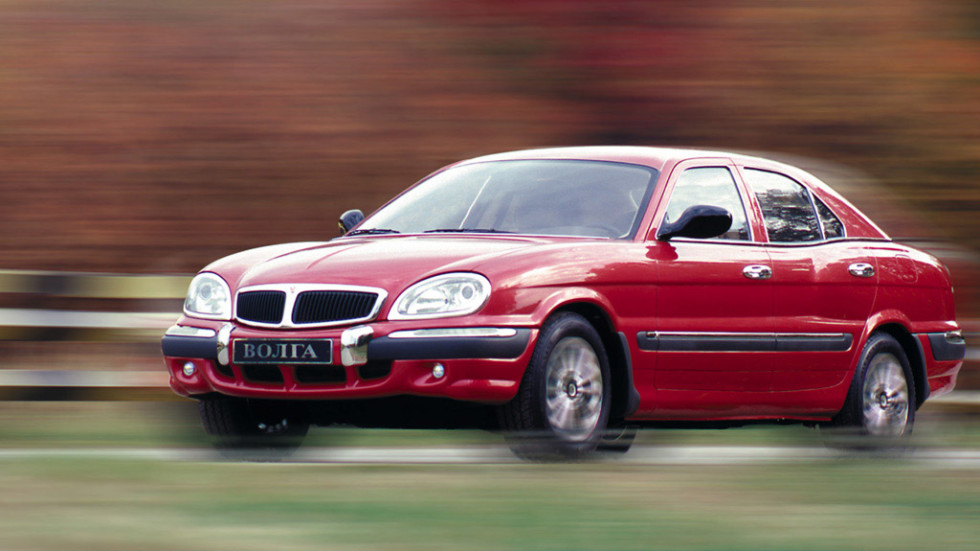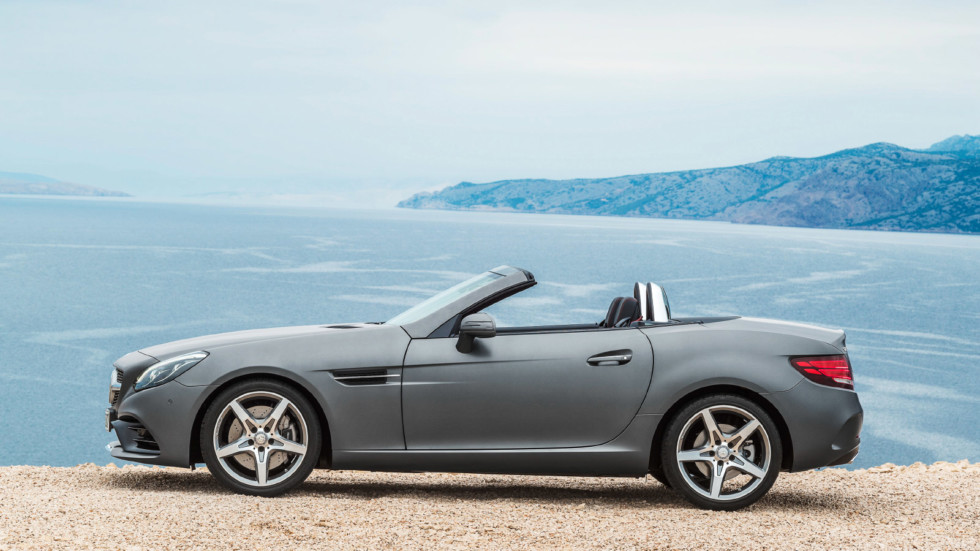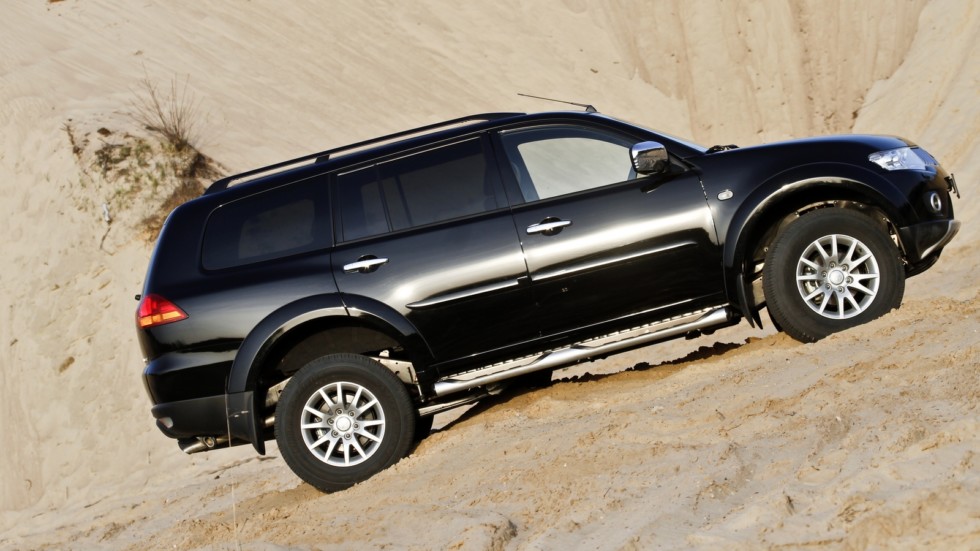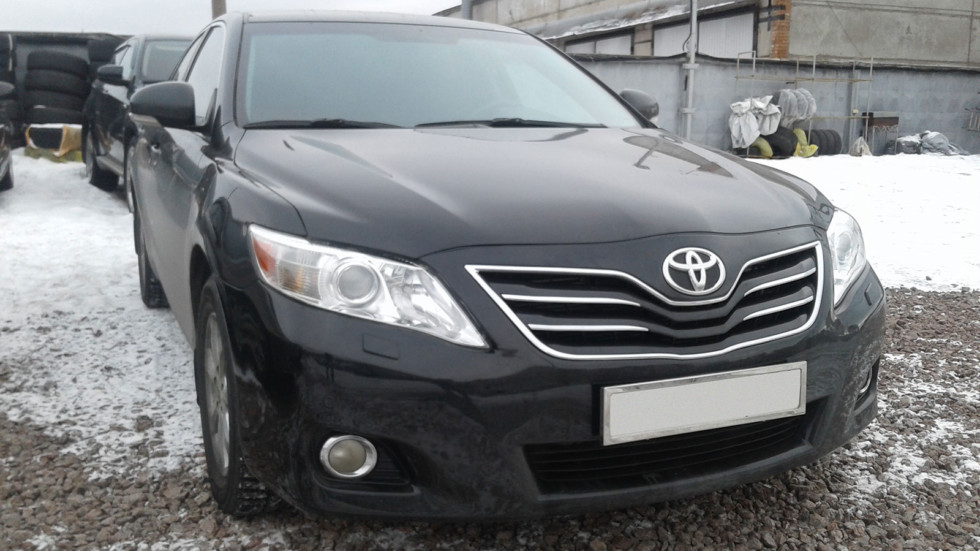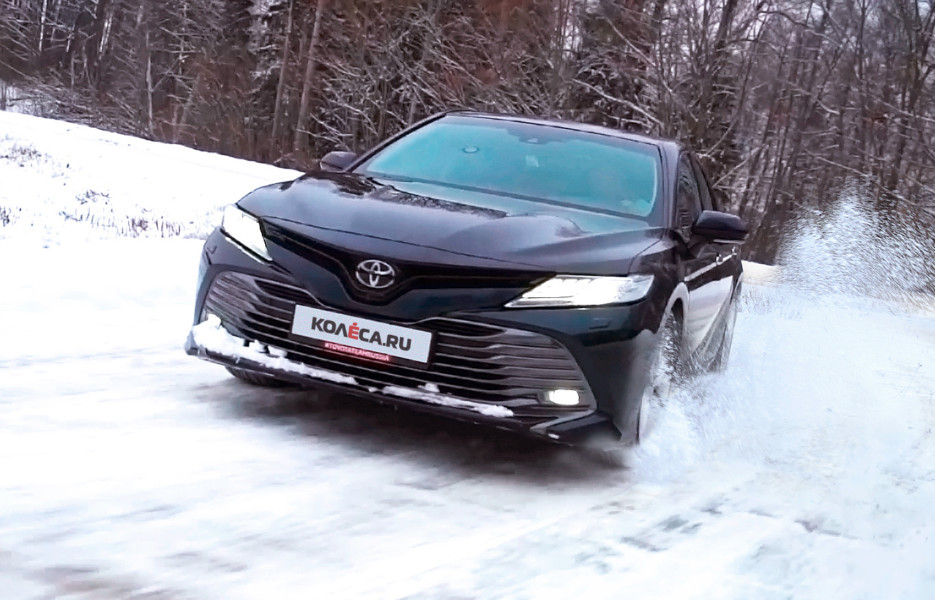Stoplight: I bet you don’t know everything about it?
 Stoplight – two or three light bulbs on the stern of the car: it would seem, what could be simpler? However, the tricks in this seemingly elementary system suffice, as well as the potential for development and evolution!
Stoplight – two or three light bulbs on the stern of the car: it would seem, what could be simpler? However, the tricks in this seemingly elementary system suffice, as well as the potential for development and evolution!
A long time ago…
It is believed that the first brake lights were seen on European self-propelled carriages in 1912. True, they were made not by electrical, but by mechanical ones – in the form of twitching tin “flags,” controlled by cables or rods. The imperfection of the design did not cause difficulties due to the low density of automobile traffic at the turn of the century and low speeds of the era of the dawn of motorism.
The first cars inherited simplified brakes from horse-drawn carriages – only on the rear axle. When, in the 20s of the last century, cars began to appear with pads on all four wheels, the difference in the braking performance of new and old models became too noticeable, and the general understanding of the need to install brake lights as driving safety elements came. The final standardization of brake lights was established in 1949 by the Vienna Convention on Road Signs and Signals. For many years, no changes were made to the technical regulations regarding stoplights: it was only in the eighties – nineties (in the New World earlier, in the Old – later) that the third lamp – the auxiliary one located in the center of the rear window or the spoiler – became mandatory.
In the domestic auto industry, the first full-time electric brake light appeared on the GAZ-M20 Victory in 1946. Its only stopler, barely noticeable by modern standards, was located in the center of the trunk lid in a common unit with a license plate lamp (in the driver’s jargon referred to as “airplane” or “bird”). And on the Soviet two-wheeled vehicle, the first brake light, activated when the brake pedal was pressed, received the Minsk M-105 motorcycle two decades later, in 1967.
By the way, the stoplight was also specific on the famous “twenty-first” Volga – the same lamps were used for stoplights and direction indicators! If the driver turned on the turn signal while the brake pedal was pressed, the corresponding brake lamp switched from constant burning to blinking. In the epoch when the “21st” was driving along the roads with might and main, such an algorithm was familiar to the drivers and did not cause surprise, but today the retro-car warning lights look unusual and not obvious. And all the owners of “cars with deer” who do not neglect their walking on public roads, have long ago altered the lights to a normal light, so that their maneuvers were treated by their neighbors on the road clearly and safely.
By the way, sometimes the brake lights even became one of the “business cards” of the car – not the key one, of course, but memorable. For example, branded twin rounds on the stern of the iconic Nissan Skyline, elements of a stylized British flag in Mini taillights, “crosses” from Jeep Renegade, “snail eye” protruding from the spare wheel from Land Rover Freelander, and so Further.
Technically, control of brake lights for decades was an unchanged simple circuit that even those who skipped all physics at school completely: under the brake pedal there was a switch without fixing (in the chauffeur jargon called “frog”), which supplies +12 volts to lamps back of the car – and, in general, everything! In the seventies – eighties, automakers began to supplement this simplest scheme with a device for monitoring lamp health – it noted the current consumed by two light bulbs, and lit the indicator on the dashboard when one of them burned out, reducing the total current by half.
Do not burn, and blink
In the late 90s, almost all automakers began to introduce systems into their cars, which are commonly called “emergency braking alarms” – Emergency Stop Signal or ESS (many auto brands invented their own abbreviations for this). When braking with a relatively smooth deceleration of the car, the brake light lamps light up in the usual way, but during emergency braking the lights automatically switch to the intensive flashing mode – with a frequency several times higher than when the emergency signal is on. This mode is available only at speeds above 50-60 km / h, so if you suddenly get into your head to suddenly hit the brakes in a sluggish crawling traffic jam, it will not turn on.
According to the factory tests of Mercedes and other auto companies, flashing brake lights attract the attention of the next driver behind, on average, 0.2 seconds earlier than the constantly burning ones. At a speed of 100 km / h, for example, this gives a 5.5-meter stopping distance. Trifle – but useful! Simple from a technical point of view, the ESS system allows you to increase traffic safety, because the attention of the driver of a vehicle coming from behind tends to become dull, and it does not react adequately for a long time.
